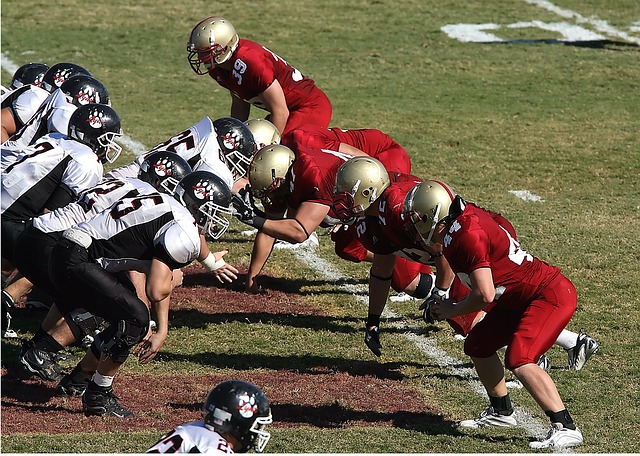I am particularly concerned about girls in STEM. Over the years, there’s been a significant drop in females graduates in computer science for example. According to the girlswhocode.com website, women represent only 12% of computer science graduates versus 37% in 1984. What happened??
For me personally, I started out in the STEM area as a college freshman. The large, lecture-style STEM freshman year courses were clearly designed to weed out the ill-prepared students. My high school AP Physics course did not prepare me for the rigors of introductory physics at Stanford. Even with a “curve”, my test grades in this course discouraged me from continuing in the department.
In my consulting practice, I have had several female clients who are excited about the STEM areas earlier in high school. As the senior year draws near, however, their interest wanes. One of the ways that I try to keep their interests high or sometimes pique their interest is to introduce STEM summer camps.
Here is a list of camps that offers a great starting point for finding camps for all teens, especially girls: Summer Coding Camps for Kids – CodeHS Blog.
My hope is that the summer camps will stimulate their creativity and show them practical applications for STEM.
Another telling statistic today is that only .4% of female freshmen plan to major in computer science, whereas 74% of middle-school girls are interested in STEM. What’s happening in middle and high school for these girls??



